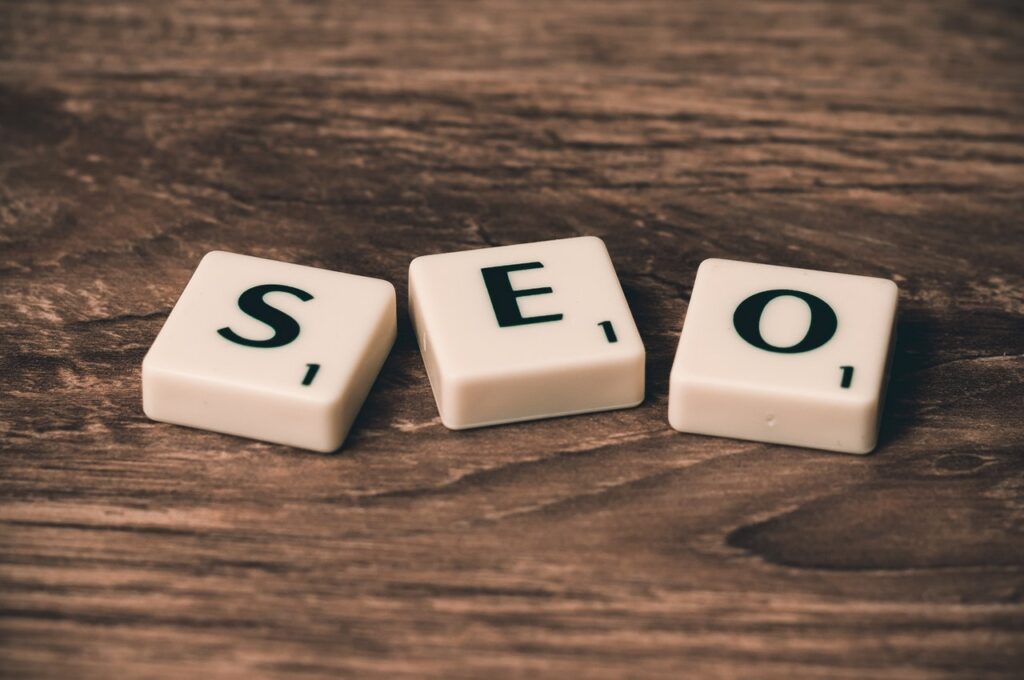If you want to make your website even more appealing, incorporating well-placed images may be a good option. However, large picture files can slow down your site’s loading speed which can result in fewer visitors. Fortunately, you can overcome this hurdle by optimising your images.
The benefits of image optimisation
Image optimisation will reduce a picture’s file size without sacrificing its quality. This will in turn help improve your site’s loading speed. Remember, even a two- or three-second delay can be enough to deter half of your potential customers from visiting your website.
In addition, your product images are ranking factors for Google and other search engines.
Here are some of the ways in which you can apply optimisation.
Format
There are several popular image formats you can use on your website, including:
- PNG features high-quality images at the cost of a larger file size.
- JPEGs/JPGs are lower in quality but you can adjust the level.
- WebP is an image format supported by Chrome and Firefox browsers. The best level of quality is often lossless or lossy compression.
Many people prefer to use PNG and JPEG formats for their images. However, the files can be converted to WebP when needed.
Compression
Images can take up more than 20% of your website’s total weight. This is why image compression is essential. To do this, you can make use of software such as:
- Photoshop
- TinyPNG
- Any reliable WordPress plugin
Whatever software or plugin you choose to compress your images, you must make sure that you can perform the compression externally or on outside servers and that the result is a reduction in loading speed.
You may also choose to utilise an image content delivery network (CDN) such as Cloudinary or Imgix. This can detect the device you use and optimise the image before delivery. Once the CDN software has compressed the image, you can expect to see a 30% increase in loading speed.
Google’s PageSpeed Insights is also an excellent tool for checking how your images affect your site’s loading speed.
Uniqueness
Stock photos are often cheap and sometimes even free. However, it will be difficult for your website to stand out from the crowd if you use the same pictures as countless other sites.
Even if you are using additional search engine optimisation techniques, nothing can beat an original high-quality picture. In other words, the more unique images you incorporate the better the user experience will be and the greater the chances of your site ranking highly on the search engine results pages. However, large images with at least 1,200 pixels are often candidates for Google Discover.
Copyright
Remember, the images you use must be free from any copyright conflicts. If you include licensed pictures without permission, you may receive a warning or perhaps even a lawsuit.
Digital Millennium Copyright Act
DCMA takedowns are often issued to websites that have posted copyrighted content. If you receive one of these orders, you must comply. Fortunately, you can use Google Images to filter for copyright-free pictures.
Customisation
Customising your image name is an excellent optimisation strategy. When coming up with a suitable name, you must make sure that it:
- Includes a keyword
- Is descriptive
If your image name looks like this – “IMG_01” – we would recommend that you change it to something that is understandable to visitors and Google.
For instance, if you are selling several types of coffee, you may be tempted to name the pictures – “coffee1”, “coffee2” and so on. However, a preferable format would be “coffee mocha”, “coffee latte” etc.
Alternative text
If a web browser cannot load an image, it will display the alt tags or alternative text. According to Springhill Marketing, you shouldn’t ignore alt tags because they can benefit your SEO strategy. For example:
- They can let searchers know what your image is all about
- Screen readers can help the visually impaired understand what is depicted in the image
- Visitors will be able to see the alt tag if the picture fails to load
When you create alt tags, make sure they are original and have an appropriate photo description. If possible, add a target keyword or two. If you are also writing the title tag, try to ensure that it is not the same as the alt tag.
File structure, title and description
Google now considers your image file name and file path to be ranking factors. So, how can you take advantage of this information?
If your site sells multiple products (e.g., different types of coffee), you could structure your image folders and subfolders in this way:
Coffee:
- Mocha
- Latte
- Cappuccino
Meanwhile, Google’s image search algorithm will include your page titles and description. Therefore, make sure you provide keywords to improve your image ranking.
Dimensions
It is always a good idea to specify the width and height dimensions of your images. This will help browsers size up your image and prevent it from jumping once it loads.
Mobile devices
The first thing to do when optimising images for mobile devices is to make them responsive. This involves making your image scale according to the site or device size.
Optimise the thumbnails
Many online shop owners use thumbnails to display their images without taking up too much space. However, overusing thumbnails can put a drag on your site’s loading speed. For this reason, try to keep the thumbnails small and, if necessary, opt for a quick loading time over a reduction in quality. In addition, use a different alt text for the thumbnails and their respective larger images to avoid duplicate text issues.
Conclusion
When it comes to using images, it always pays to follow the applicable image optimisation rules before uploading them to your site. By following this guidance, you can improve your website speed, user experience and search performance. Don’t forget to ensure that the image’s alternative text is relevant to the page. If necessary, you may need to reduce the size of the image using a suitable image format (PNG or JPEG). Although image optimisation does entail some extra work, the benefits accrued will be well worth the effort.

